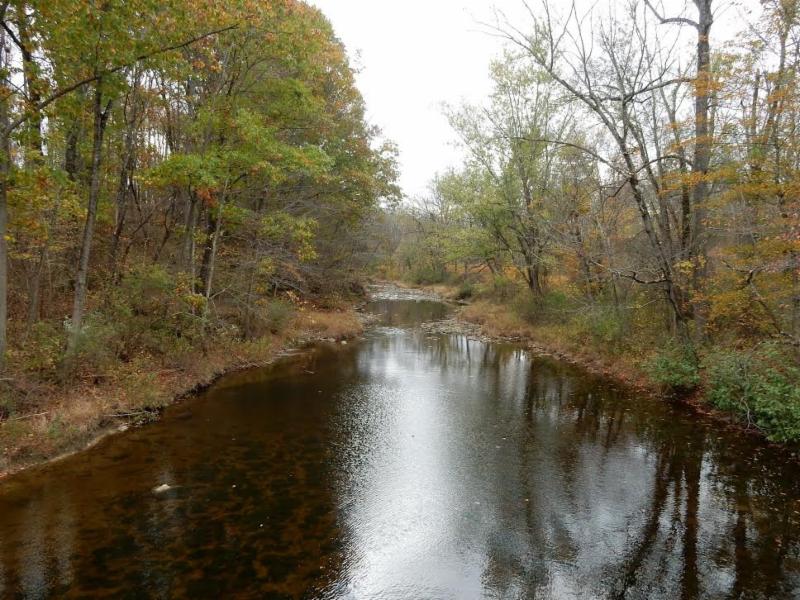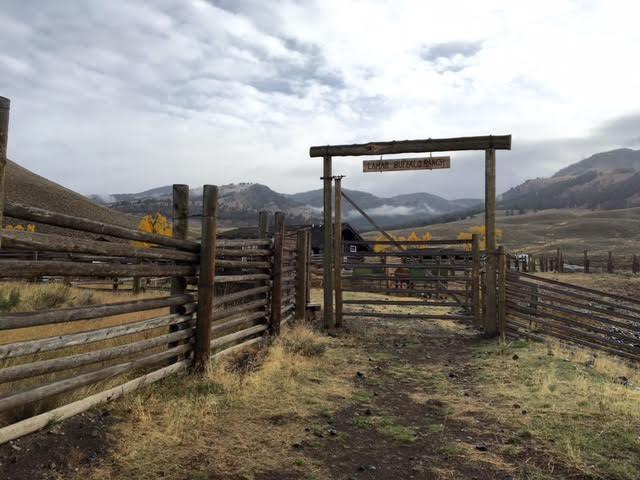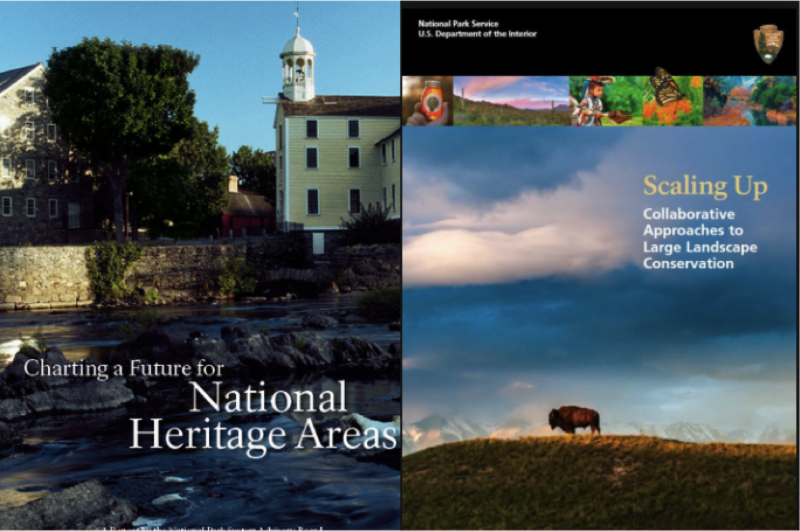|
|
November 15-17, 2016
Houston, TX
April 2-7, 2017
Norfolk VA
|
|
James Henry: Conservation Pioneer

James Henry (1809-1895) is not a well-known figure in Pennsylvania's conservation history. Yet he should be recognized as an early advocate for the cause of clean water and conservation education. He helped author Pennsylvania's first bill to protect and restore the Commonwealth's streamside forests and water quality and lobbied for its passage. He also encouraged the Pennsylvania Forestry Association, the American Forestry Congress in Boston, and the USDA Forestry Division in Washington to establish schools of forestry in the nation's colleges and universities.
The Henry family is most famous for the iron and gun making industries they established in Nazareth, Jacobsburg, Henry's Forge, and Boulton in Northampton Pennsylvania.,
As early as the 1780s, the Henrys harnessed waterpower from Bushkill Creek to forge the first bar of iron in Northampton County.
In partnership with the D&L National Heritage Corridor, PA Department of Conservation & Natural Resources and Jacobsburg Historical Society, the Henry family's early American industrial
history and heritage is well preserved and interpreted for the public at the Boulton Historic Site, in the Jacobsburg National Historic District at Jacobsburg State Park, in Bushkill Township.
At the height of the early logging industry in the 1880s, James met with Pennsylvania State Senator Jeremiah Hess from Northampton
County to seek his help in petitioning the Commonwealth to do something about the uncontrolled storm water erosion and soil sediment pollution of streams and rivers across the state. Senator Hess, trusting in James' grasp of the situation, understanding of ecological principles, and formidable writing skills, encouraged Henry to draft a bill to address the issue point by point.
|
|
|
|
|
|
|
|
Living Landscape Observer
|

Lamar Buffalo Ranch and a Landscape of Wildlife Conservation
"Oh Give me a home where the buffalo roam" goes the old cowboy song, but the fact that 21st century citizens can still enjoy the star of this song was a very close call. While estimates of the North American bison population at the time of European contact range from 30-75 million animals, by 1900 intensive hunting and a purposeful program of eradication to deprive many American Indians of a key element of their livelihood had reduced the population to near extinction. At that time, Yellowstone National Park counted only 25 bison in residence. The park's Lamar Buffalo Ranch was ground zero for a successful reintroduction effort. And bison are only part of this remarkable story of human intervention into this landscape.
Read More.
|

Thirtieth Anniversary of the Columbia River Gorge National Scenic Area
Political compromise is unappreciated in our culture of late. It should not be so. Sometimes compromise works. One success story is the conservation of the Columbia Gorge.
Long recognized as one of America's majestic landscapes, it stretches for some eighty miles from just east of Portland, Oregon through the Cascade Mountains to the open hills beyond The Dalles, Oregon. It took decades of work to craft the necessary bi-partisan collaboration between the congressional delegations and Governors of Washington and Oregon, as well as the four American Indian nations with treaty rights in the Gorge. But thirty years ago, on November 17 1986, President Reagan signed the Columbia River Gorge National Scenic Area Act into law. Read More.
|

Past, Present, Future and the NPS Centennial
|
|
Latest News
Map of the Month
The Atlantic Slave Trade in two minutes.
315 years. 20,528 voyages. Millions of lives.
More News
10 New National Historic Landmarks Named by Interior Secretary Sally Jewell and NPS Director Jon Jarvis. The sites include the Norman Film Manufacturing Company in Jacksonville, Florida, and the James Merrill House in Stonington, Connecticut.
Transforming Agriculture Discussions are moving-in a still fragmented way-towards a vision of sustainable agriculture systems and landscapes that provide both secure food supplies and the ecosystem services and climate resilience needed for sustainable development in agriculture and more broadly.
seseees
|
|
About Us
The Living Landscape Observer is a website, blog and monthly e-newsletter that offers commentary and information on the emerging field of large landscape conservation. This approach emphasizes the preservation of a "sense of place" and blends ingredients of land conservation, heritage preservation, and sustainable community development. Learn more about how you can get involved or sign up for the newsletter here. |
|
| |
|